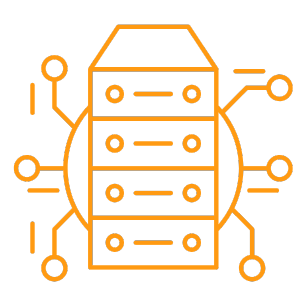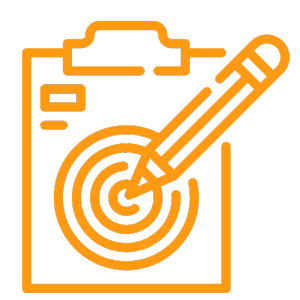Technical Docs & Directories

System Technical Architecture Specs
Introduction
Taiba Higher Training Institutes Company pays great attention to developing an integrated technical infrastructure that supports the provision of educational and training services at the highest levels of quality. The technical system is designed to be flexible, secure and scalable in line with the requirements of the digital age.
Technical Infrastructure Objectives
- Provide a stable and secure system to serve students, faculty and administration.
- Enhance operational efficiency and reduce data processing time.
- Support innovation through integration with the latest global technologies.
Technical Architecture Specifications
1. Hardware Components:
- Servers:
- High-performance servers that support high availability and failure resistance.
- High-capacity network storage (SAN) for secure data storage.
- Network devices:
- Use routers and switches from leading companies to ensure fast and secure connection.
- A firewall-protected network system to protect data from cyber threats.
2. Software Components:
- Education Management System (LMS):
- An advanced e-learning platform that supports interactive learning and tracks student performance.
- Integration with virtual learning tools such as live lectures and online assessments.
- Information Management System (MIS):
- An integrated database for managing student and staff data.
- User-friendly user interfaces for easy access to information.
- Support Systems:
- Data analysis tools to extract reports and support decision-making.
- Complaints and feedback management systems to improve the beneficiary experience.
3. Cloud Infrastructure:
- Use flexible cloud solutions to store backups and ensure business continuity in emergency situations.
- Integrate with cloud computing services to support distance education and scale services.
4. Cybersecurity:
- Encrypt sensitive data using modern technologies such as SSL/TLS protocols.
- Continuous monitoring of the system to detect any threats or hacking attempts.
- Multi-factor authentication (MFA) systems to ensure the protection of user accounts.
5. Connectivity and integration:
- Internet: High-speed connection that supports efficient data uploading and downloading.
- Integration: Designing the system to be compatible with other educational and technical systems to expand capabilities.
- Application Programming Interface (API): Allows easy linking with external applications and services.
System management and maintenance
- A specialized technical team to manage the technical infrastructure and ensure its continuous performance.
- Periodic scheduling of maintenance and modernization operations.
- A technical support system available around the clock to solve any issues facing users.
Advantages of the technical system of the Taibia Institute
- Continuity: System operation with high availability of 99.9%.
- Security: Applying the highest standards of data protection.
- Flexibility: Easy to modify the system to meet future needs.
- Integration: Linking all educational and administrative services to improve operational efficiency.
Continuous development
- The system is periodically updated to adopt the latest technologies and innovations.
- Involve beneficiaries in the update processes through their observations and needs.
Communication and support
For inquiries or reporting any technical issue, you can contact the technical support team via:
- Email: [email protected]

Trainee Work Monitoring Mechanism
To ensure the clarity of the content of electronic courses and facilitate access to all their departments, Taybia Institute offers this guide that explains the basic sections of each electronic course:
Section I: Index and Tools
- This section contains a comprehensive index of the contents of the course.
- Includes electronic tools needed to navigate between departments.
Section Two: Course Themes
- This section explains the main themes covered in the course.
- It provides a summary of the educational objectives of each axis.
Section Three: Training Material
- This section contains full educational content, including texts, presentations, and explanatory videos.
Section IV: Examples and practical exercises
- Includes practical training examples that help apply the acquired concepts.
- It includes practical exercises that the trainee is required to complete during the course.
Section V: Project Evaluation Form and Grading Mechanism
- This section outlines the criteria for evaluating projects and the tasks required.
- It has a clear mechanism for dividing scores based on performance.
Section VI: Guide to Available Technologies
- It provides information on the tools and techniques used in e-training, with instructions on how to use them.
Downloadable
Click here to download the basic sections definition guide for electronic courses
This guide helps trainees interact with online courses effectively and directly, ensuring a smooth and integrated learning experience.
